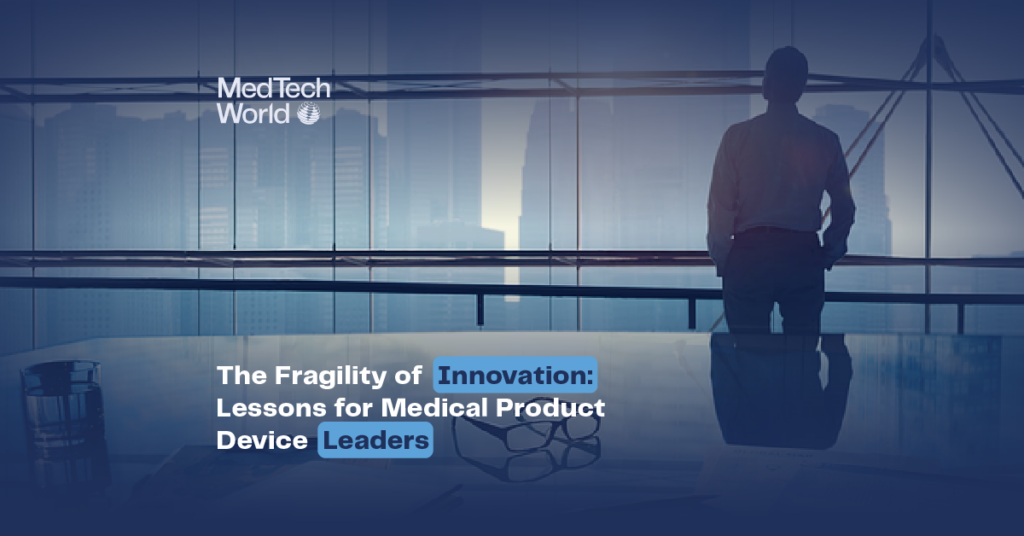
Michael Joe Cini
28th June 2023
Penn State and Hebei University Researchers Join Forces to Develop Skin Patch for Monitoring Vital Signs
In a world where IoT devices and wearable electronics are still expensive, a multi-institutional team of researchers have recently developed an affordable wearable sensor for helping patients and clinicians keep track of important health metrics. Based on simple pencil-on-paper technology, the new device, which can be worn on the skin, can measure various health data, including dissolved gas molecules, temperature, and electrical signals, essential in measuring heart, brain, and muscle function. The new technology can revolutionize how physicians collect patient vital signs and upend the entire process of measuring these metrics.
Skin Patches for Real-Time Health Status Monitoring
While pencil-on-paper technology in IoT is relatively new, it has been demonstrated to have multiple utilities for medical care. In an earlier paper, the team that created the pencil-on-paper described how they devised a new technology that alerted parents when their infants soiled their diapers. “Our team has been focused on developing devices that can capture vital information for human health,” said Huanyu Cheng, the lead for this project. Just over two months later, the team is announcing that they have adapted the technology to measure multiple vitality signals.
The essential concept of the new technology is that a pre-formed electrode can be ‘stored’ in pencil, from where it can be placed on a medium through a method as simple as drawing. Applying this technology to the measurement of vital signs, the team has created an affordable, accessible, and waterproof sensor. Additionally, the new technology is easily wearable – people can draw the electrode onto a patch, wear it on the skin, and – even – forget that it is there!
Their earlier paper revealing a pencil-on-paper sensor for use in smart diapers had a critical difference from this one. Since the previous one was not hydrophobic, it was not accurate for measuring health variables that could be easily modified by moisture. “In this case, we are looking to measure gas molecules, temperature and electrical physiological signals,” says Cheng, who happens to be a co-corresponding author and the James L. Henderson Jr. Memorial Associate Professor of Engineering Science and Mechanics at Penn State University.
The sensor uses a silica hydrophobic coating, which was the first time the team had used it for a pencil-on-paper sensor. The team showed that the sensors can monitor cardiovascular activity, motion, and brain signals by capturing temperature and gas molecules. Additionally, they were also able to demonstrate that the device could be used for administering therapy. Applying a small current through the patch makes it possible to provide thermal therapy by sending a small current to the skin.
Cheng is also looking at the broader scope of applicability that this sensor can offer to the medical field. While it has shown to be quite effective for clinical monitoring of individual health statuses, he also believes that it can be applied on a broader scale in public health. The sensor’s affordability, accessibility, and versatility are among the factors that suggest to Cheng that it is helpful for public health applications, as it can be deployed on a large scale to several people.
Kirigami, Graphite, and Silica: A Combination for Affordable IoT
The researchers reported their findings in a paper featured in the June 2023 issue of Chemical Engineering Journal. In ‘Superhydrophobic, stretchable kirigami pencil-on-paper multifunctional device platform,’ the researchers describe how their new sensor could accurately measure temperature and electrophysiological signals. Noting that media such as polyimide (PI), polyethylene terephthalate (PET), and silicone elastomers, while preferable, are costly, the researchers reveal that they chose paper because it is affordable, lightweight, and renewable.
The researchers extracted graphite by mechanical exfoliation from an 8B pencil, which they superimposed on a soft cellulose paper with a stretchable kirigami structure and superhydrophobic Hf-SiO2. Hydrophobic fumed silica (or Hf-SiO2) is useful for high-fidelity disposable bioelectronics, especially in combination with renewable solutions such as graphite, readily available from pencils. Hf-SiO2 confers corrosion resistance, waterproof/self-cleaning properties, and biocompatibility, while incorporating kirigami into the design improves the stretchability of the sensor. Combining the paper-based sensors with kirigami design (the Japanese art of paper-cutting, or the sister to origami) and superhydrophobic coating helped them devise a sensing platform that could provide an improved comfort level.
The resulting sensing platform is pliable and can be laminated on skin surfaces, with the ability to stretch and conform to the skin’s contours. The resulting platform can monitor high-sensitivity NO2 gas (a potent endogenic vasodilator) and respond quickly and accurately without temperature or moisture variations. Additionally, the electrodes integrated with the platform could provide continuous, real-time, high-fidelity monitoring of human electrophysiological signals (such as ECG, EMG, and EEG. These accurate measurements of cardiac, muscle, and brain function can be invaluable for diagnosing cardiopulmonary diseases in humans.
Navigating Responsive Healthcare: The Vital Struggle of Health Monitoring
Keeping track of vital signs and other metrics of general health are effective ways to mitigate the onset and progression of disease, as reported by multiple studies. Ali Amer et al., in a 2020 paper in Sensors (Basel), reveal that disrupted vital signs of patients precede several adverse events in healthcare. However, accurate measurement is currently only achieved using expensive and cumbersome devices with limited mobility. Early warning score (EWS) systems have been devised to indicate deteriorating heart rate, blood pressure, temperature, and other signs – but are limited by an inability to contextualize the data and provide contextualized information.
While the new technology is not yet a definitive solution in this broad field, it is a brilliant step towards helping physicians and nurses obtain continuous information about patient status, which provides a more comprehensive picture of patient vital signs. “With this sensor, you don’t need bulky equipment,” said Li Yang, a co-corresponding author on the paper, currently affiliated with the School of Health Sciences and Biomedical Engineering at Hebei University of Technology, Tianjin, China. Li Yang is a former visiting scholar at Penn State’s Department of Engineering Science and Mathematics. “With this low-cost manufacturing process and sensor accessibility, we are hoping we can provide this to a really large population and then collect information about the variation between individuals to be able to establish a baseline, according to the patient population in different geographic locations or in different populations,” added Cheng.
The other authors of this paper are Ankan Dutta, a PhD student at Penn State’s Department of Engineering Science and Mechanics; and Ye Xue, Zihan Wang, Xue Chen, Peng Gao, Runze Li, Jiayi Yan, Guangyu Niu, Ya Wang, and Shuaijie Du, all of the Hebei University of Technology, China. The research received funding from the China Postdoctoral Science Foundation, the National Institutes of Health, and the National Science Foundation. Support also came from the Centre for Human Evolution and Diversity at Penn State, the Key Research and Development Project of Hebei Province, and the China Postdoctoral Science Foundation’s Project.
Med-Tech World Summit in Malta: Join Us
Be sure to mark your calendars for the upcoming Med-Tech World Summit on October 19th and 20th at the Mediterranean Conference Centre, Malta. This highly anticipated summit will offer a platform for further exploration and discussion of cutting-edge advancements in the field of medical technology, fostering collaboration and shaping the future of healthcare.




